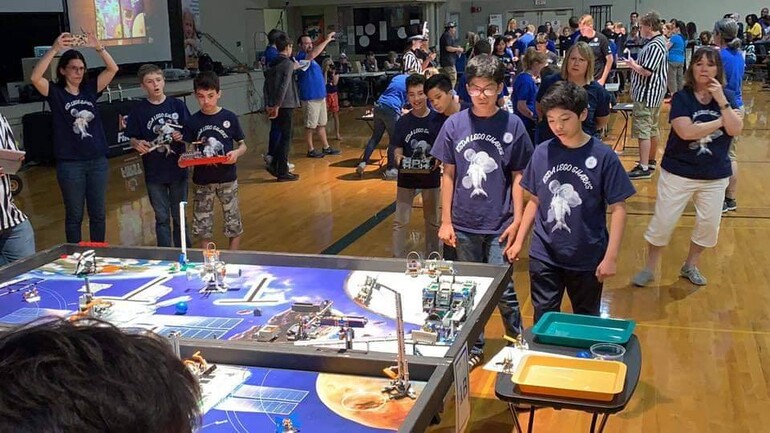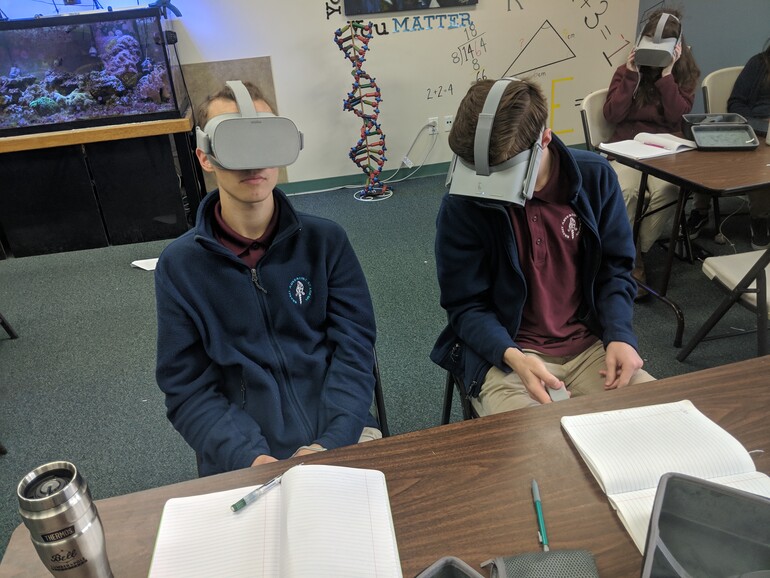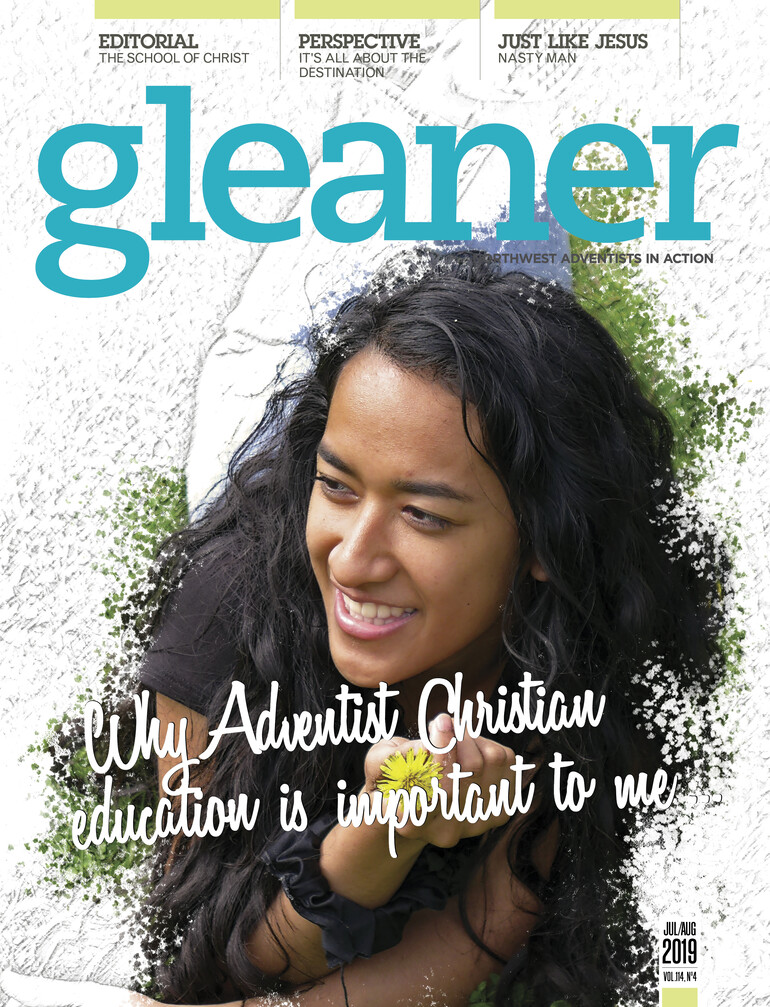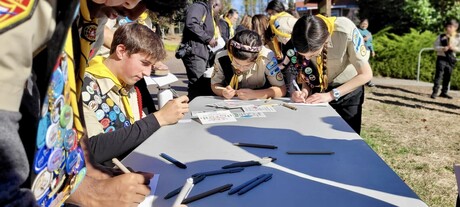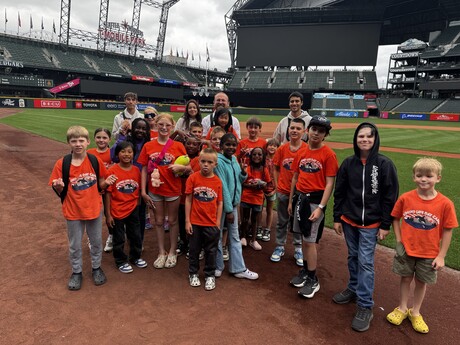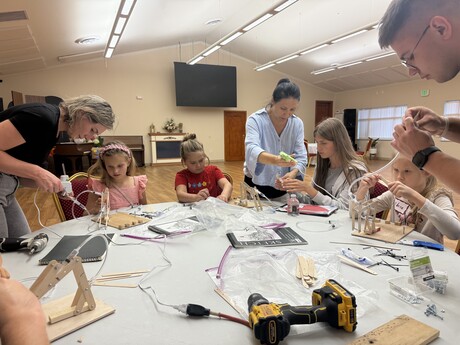Across the country, educators are increasingly turning their attention to STEM education. STEM is educational programs focusing on science, technology, engineering and mathematics. In the past decade, STEM concepts have seen an increased popularity with programs popping up in schools across the country and around the globe.
Seventh-day Adventist schools have embraced the STEM movement and have begun implementing unique and creative programs of their own. In 2009, Loma Linda University (LLU) developed a systemwide emphasis on STEM education with the inception of the LLU Excellence in Experiential STEM Education (EXSEED) Conference. With a goal of raising the science and competencies of its medical school applicants, LLU EXSEED brings in Adventist elementary and secondary school teachers each summer to receive training in STEM teaching methods.
Washington Conference schools are also implementing STEM projects and programs with great success. This year, five of our conference teachers have secured grants to implement STEM projects in their classrooms. Forest Park Adventist School has built a butterfly garden, Orcas Christian School has developed a video production class, and Buena Vista Seventh-day Adventist School built indoor tower gardens.
Skagit Adventist Academy has added 3D immersive technology to its science curriculum allowing students to literally step inside their content. Auburn Adventist Academy continues to be a leader in STEM education with a recent campuswide technology upgrade, including an audio-visual center with a green room.
Adventist Schools have also seen a national movement in Lego Robotics. This year Grays Harbor School, Kirkland Adventist School and Shelton Valley Adventist School competed at the regional Walla Walla Lego Robotics competition and advanced to nationals in Orlando, Fla.
“Maker spaces” are popping up in several of the lower grades in our schools. Stocked with a wide variety of STEM resources, maker spaces allow younger students to engage in broad STEM concepts of designing, building, solving and analyzing with hands-on applications.
A cousin to the maker space concept is the “breaker space.” In a breaker space, students have the opportunity to literally pull things apart to learn as they go.
Teachers are becoming increasingly excited about STEM education, and as a result our educators continue to grow their own competencies and professionalism in STEM fields.





